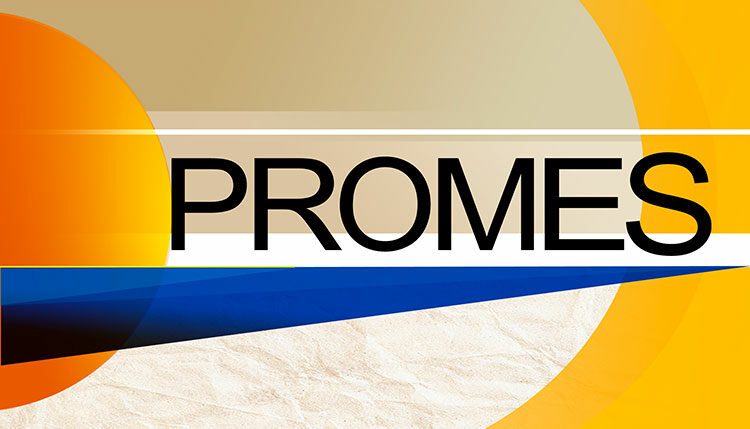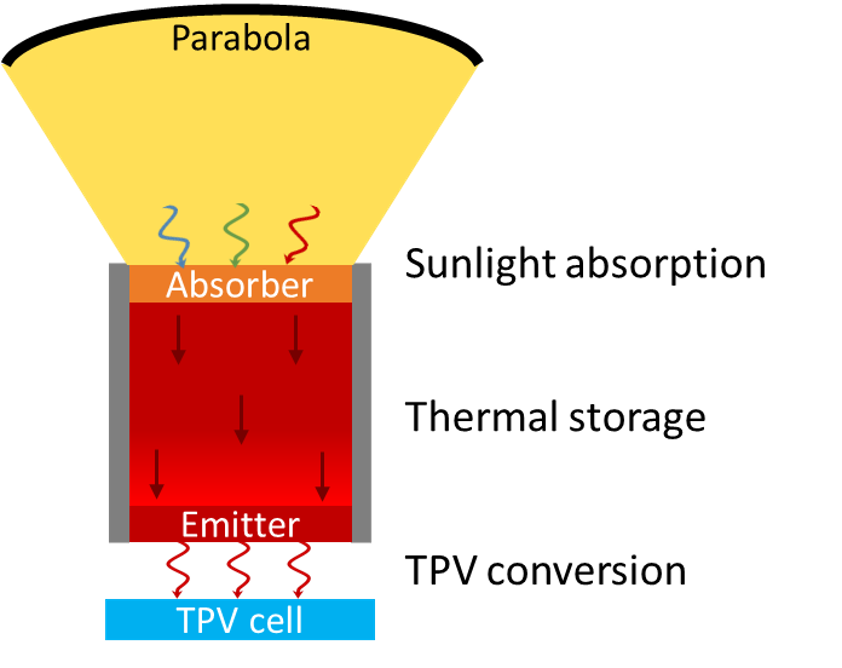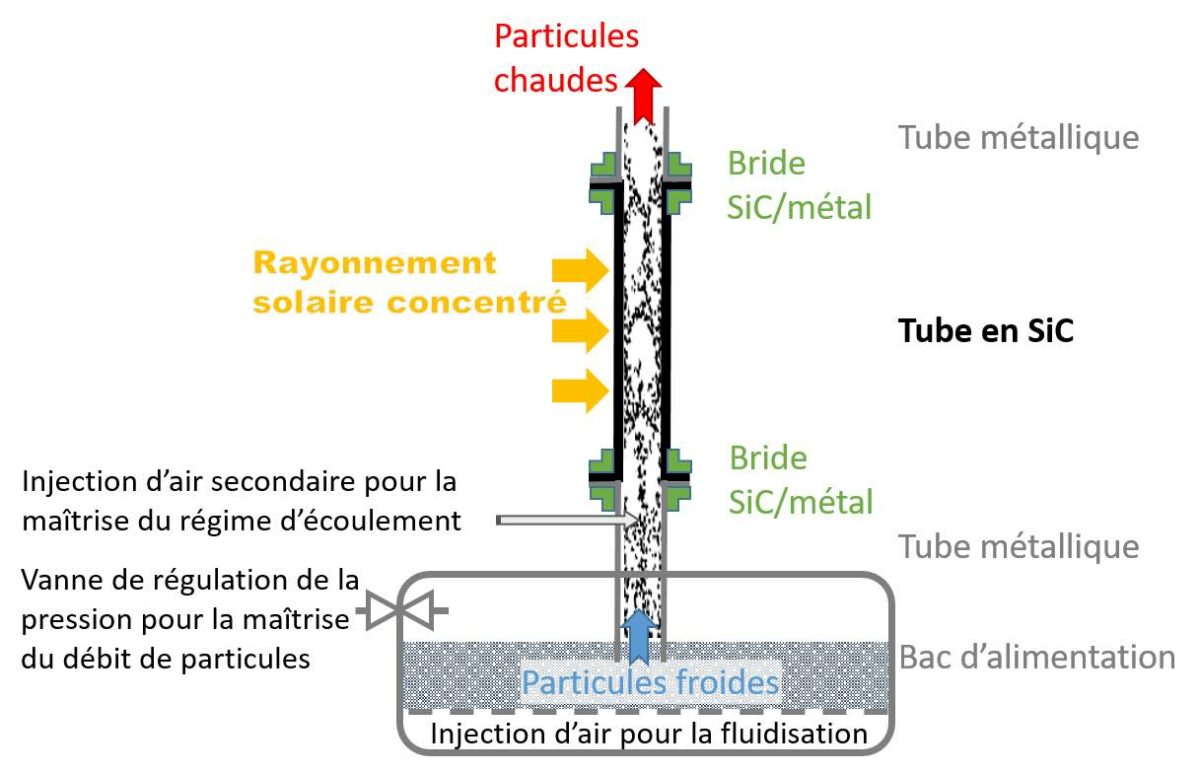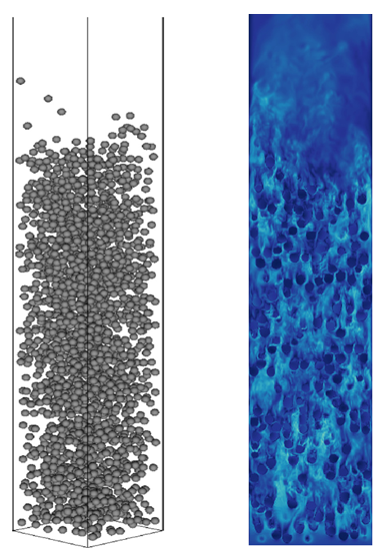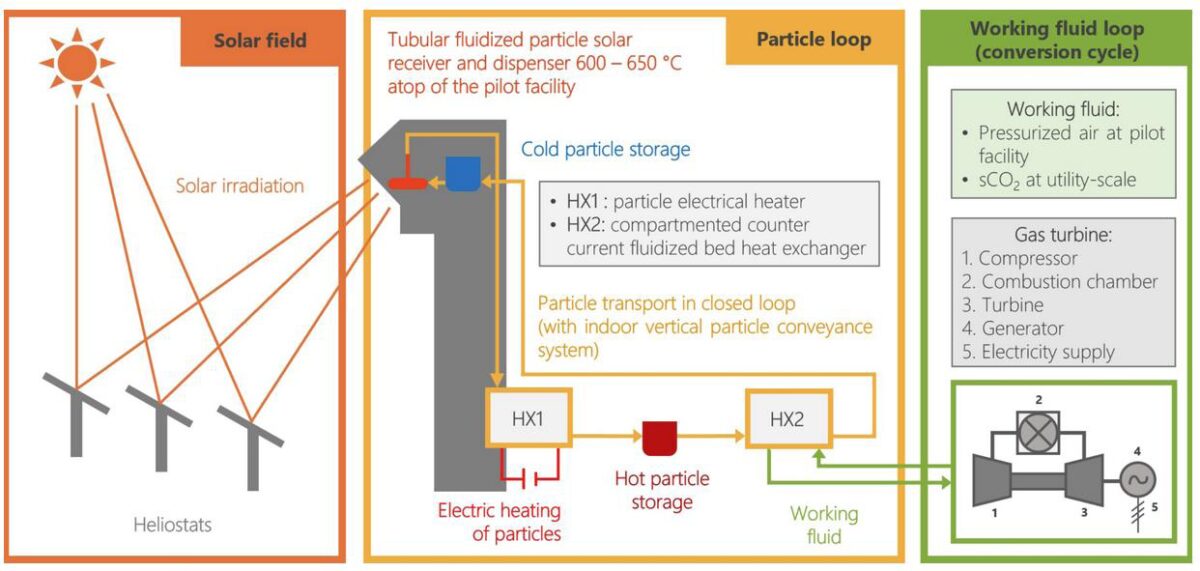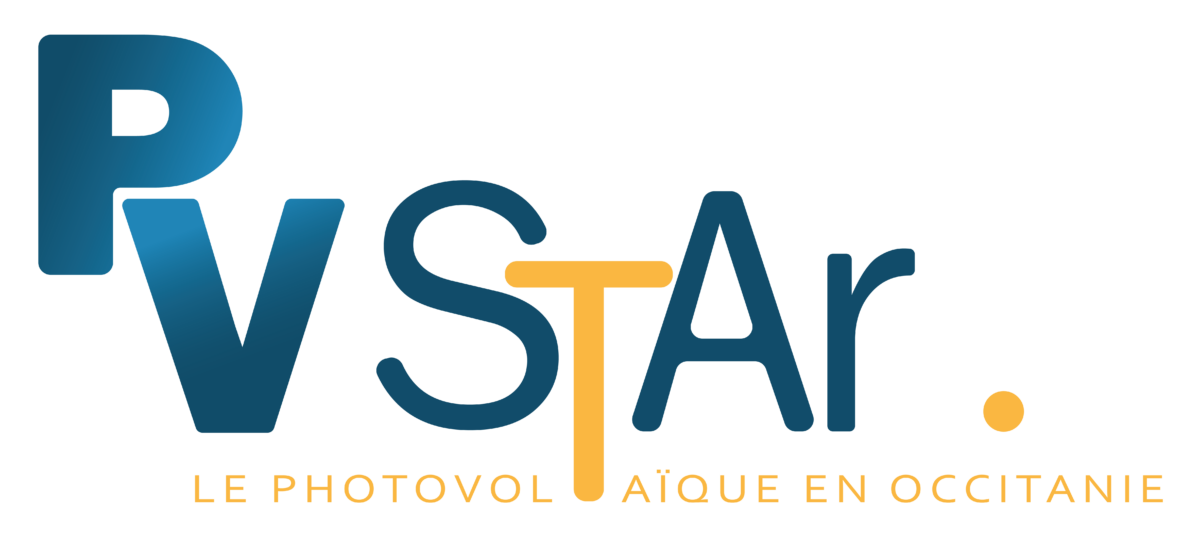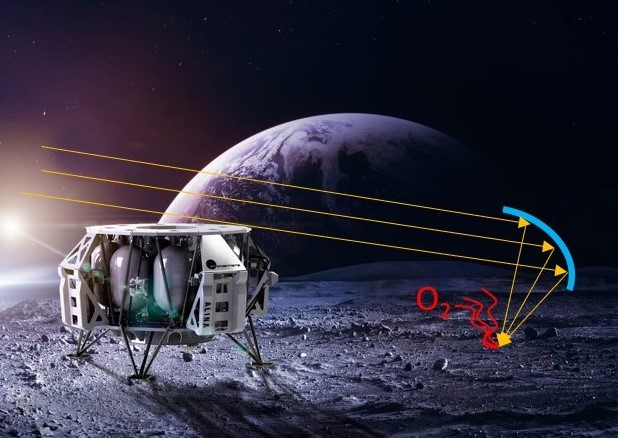Subject : In order to ensure the ambitious objectives of reducing CO2 emissions, it appears necessary to implement processes with a negative carbon footprint. Solar conversion of biomass by pyrolysis transforms part of the biomass into solid carbon. This carbon having been absorbed in the form of CO2 for plant growth, the system thus makes it possible to convert atmospheric CO2 into solid carbon, which can be valorized or sequestered. The subject will focus on the conversion of biomass by concentrated solar energy. The pyrogasification process will be explored numerically thanks to CFD simulations (ANSYS FLUENT) and models will be validated experimentally in different types of reactors (tubular or rotary) available in the lab. A techno-economic analysis at the scale of the process will be proposed based on dynamic simulation results. LCA skills would be a plus to determine the overall impact of the system.
Catégorie : Doctorats – Post-doctorats
We are seeking a highly motivated and talented postdoctoral researcher to join our research team in the field of solar thermophotovoltaics (STPV). This position offers a unique opportunity to contribute to cutting edge research focused on developing advanced materials and systems for highly efficient solar energy conversion that integrates thermal energy storage.
Contexte : La thèse se déroulera au laboratoire PROMES, sur le site d’Odeillo, dans le contexte du projet ANR SiCSun.
Le projet SiCSun a pour objectif d’apporter la preuve de concept d’un récepteur solaire (RS) en carbure de silicium (SiC) mettant en oeuvre des particules comme fluide caloporteur ou milieu réactif (voir schéma de principe ci-après). Il a également pour ambition d’étudier les enjeux scientifiques et technologiques associés au développement de cette innovation. Il s’agit en particulier de développer des outils de conception, de contrôle/commande et de maintenance prédictive pour la maîtrise des transferts thermiques pariétaux, des écoulements gaz-particules et des contraintes thermomécaniques.
Contexte : Les systèmes de conversion photonique (spectre visible ou infra rouge) utilisent en très grande majorité des jonctions à base de semiconducteurs. La technologie à base de silicium est la plus répandue pour fabriquer des cellules photovoltaïques (rendement maximum : 27,6%). Sous concentration solaire, les rendements des cellules multijonctions à base de semiconducteurs III/V (arséniures et phosphures) sont les plus élevés (rendements max 47,1%, 6 jonctions à 143 soleils [1]). Ces cellules sont également candidates aux applications de couplage CSP/CPV (Concentrated Solar Power/Concentrated PhotoVoltaics). Mais leur réalisation est chère et complexe. Les antimoniures sont actuellement à l’étude pour fabriquer des cellules multijonctions. En effet leur utilisation simplifie grandement le processus de fabrication puisqu’elle permet une croissance monolithique de la structure sur un seul substrat. Le laboratoire PROMES (UPR 8521 CNRS en convention avec l’UPVD) collabore en région dans le cadre du LABEX SOLSTICE avec l’IES de Montpellier (Institut d’Électronique et des Systèmes), pour développer des cellules PV multi-jonctions à base d’éléments III du tableau périodique des éléments et d’antimoine (Sb) types AlxGa1-xAsySb1-y et AlxIn1-xAsySb1-y, pour des applications CPV [2, 3, 4]. Ces mêmes antimoniures sont également étudiés pour application à la vision nocturne puisque leur petit gap permet de convertir des photons dans l’infrarouge.
Afin d’augmenter le rendement des centrales solaires à tour de prochaine génération, la température de fonctionnement du récepteur solaire doit être augmentée autour de 1000°C. Les fluides de transferts actuels ne peuvent supporter ces niveaux de température aussi de nouvelles alternatives doivent être trouvées. Une des possibilités pour atteindre cet objectif est d’utiliser au sein du récepteur solaire un mélange gaz-particules comme fluide de transfert. La maîtrise des écoulements gaz-particules des futures centrales solaires à tour est un verrou scientifique important. En effet, les couplages entre l’agitation, le caractère diphasique de l’écoulement et la thermique rendent la physique particulièrement complexe. Cette thèse vise à améliorer la compréhension et la modélisation des transferts thermiques pariétaux dans ces configurations d’écoulements.
The PhD project aims to contribute to the development of a fluidized-bed heat exchanger model in which the fluid to be heated circulates inside bundles of tubes immersed in the fluidized particles. This is an intermediate-scale model between a particulate approach in which the movement of each particle is simulated, and a global approach which describes the transfer solely on the basis of a parietal exchange coefficient.
Une batterie lithium-ion est composée de cinq composants principaux : anode, cathode, séparateur, électrolyte et collecteur de courant. L’anode est composée d’une feuille de cuivre recouverte de graphite ; la cathode est une feuille d’aluminium recouverte d’un matériau électrochimiquement actif. Le matériau actif est généralement un oxyde de lithium-métal de transition LiMO2, (où M signifie Co, Ni, Mn, Al) ou des matériaux NMC (Ni, Mn et Co) et NCA (Ni, Co et Al), avec des ratios différents entre des métaux particuliers. L’adhérence entre la feuille d’Al et le matériau actif est améliorée par un liant polymère, le plus souvent du fluorure de polyvinylidène (PVDF). La conductivité ionique est assurée par un électrolyte tel que des mélanges de carbonates d’alkyle et de sels de Li, tels que LiPF6.
Le Défi Clé PV-STAR propose le financement de post-doctorats dans le domaine du Photovoltaïque en conditions non standard (voir ci-après les thématiques scientifiques couvertes par le Défi Clé).
POSITION ALREADY FILLED – Solar thermal technologies rely on the collection of the solar radiation to generate heat (by heating a fluid) that can be used for domestic, residential and industrial purposes. If solar irradiance is concentrated using mirrors, this heat can in turn be used to produce electricity via a turbine. These technologies call for optically efficient components with complex and sometimes conflicting optical behaviors. In particular, the solar receiver should be highly absorbing in the solar range (0.28 – 4 µm) to harvest as much solar radiation as possible, but also lowly emissive in the infrared range (1 – 50 µm) to limit radiative thermal losses. This spectral selectivity can be achieved using multilayered coating architectures, associating lowly emissive (e.g. metals) and highly absorptive materials (e.g. dielectric/ metal/dielectric multilayers or metal-ceramic composites), that need to be optically designed and optimized in terms of layer thicknesses and compositions, to guarantee their high optical performance.
A judicious preselection of materials is also paramount, as the solar receivers should also be resistant to harsh operating conditions such as high temperatures, high solar irradiation, oxidant and erosive atmospheres and high thermomechanical stress for long durations, while remaining optically efficient.
The objective of the project is to explore an innovative avenue for the production of oxygen on the Moon by the concentrated solar pyrolysis of the regolith. This process consists in heating the rocks from the lunar soil (regolith) at very high temperature to extract different materials, including the oxygen necessary for any lunar base project. This process has the advantage of not requiring any resources from the Earth. Preliminary studies have been carried out by CNES/ESA and the proof of concept requires the use of efficient solar concentrators available at the PROMES laboratory in Odeillo. The work will consist in continuing theoretical studies, designing, building and testing a solar pyrolysis device to extract oxygen from rock composed of a mixture of oxides. Other products (i.e. metals or other strategic elements) may also be separated and must be analyzed for recovery. This work should bring out new perspectives for the establishment of a lunar base by in-situ use of the resources present for a further away exploration of space.
